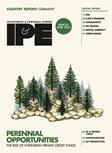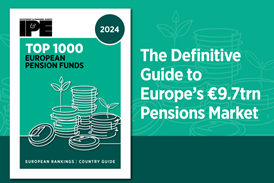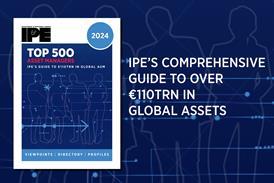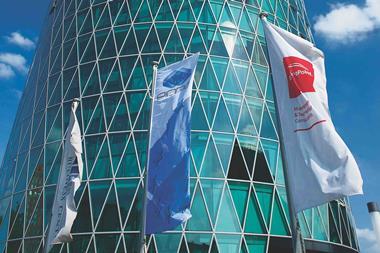Swiss pension funds could opt for riskier investment strategies leading to higher returns and boosting in turn benefits for their members, according to a study conducted by WTW on behalf of the Asset Management Association Switzerland (AMAS).
The analysis showed that particularly corporate schemes have the greatest potential to achieve higher returns (median +0.48%), whereas the lowest potential lies with public schemes (median +0.35%).
Corporate pension funds are averse to risks of underfunding, with companies, many listed on the stock exchange, that will have to step in in case of a restructuring of a scheme.
Multi-employer pension schemes use a larger share of returns to improve benefits for their members, and they are in a position to compensate for the risks they face through their ability to restructure. Public pension funds take on higher risks based on the assumption of a stable employer, the study added.
It concluded that 25% of the pension funds that have room to make their strategies more effective, could increase their expected returns by an average of 0.84% per year. This means increasing member benefits by approximately 11.7%, per member, over a period of 10 years.
“We have calculated the maximum tolerable volatilities of investment strategies for each pension fund. Most Swiss pension funds tend to remain with the investment risk of their portfolios below their volatility limit, which would lead to unsustainable underfunding,” said Christian Heiniger, senior director and pension fund expert at WTW.
The research also showed that 25% of pension funds averse to risk could increase their expected returns by an average of 0.95% per year, and benefits per member by 13.6% over 10 years.
Pension funds are currently pursuing investment strategies with a return potential of between 0.3% and 0.5% below what WTW calls the limit of efficiency, not taking risks that they could face.
Cutting exposure to bonds, reducing home bias, and increasing alternative investments are the main strategic changes leading Swiss pension funds to achieve higher returns without increasing risk. Investments in Swiss real estate, Swiss equities and bonds tend, instead, to shoot down returns, according to WTW.
Pension funds investing heavily in hedge funds and infrastructure face higher volatility of between approximately 3% and 7%, compared with schemes investing in bonds or cash, It added.
For this study, WTW developed a model to quantitatively analyse, for the first time, direct links between the risk capacity of a pension fund, the risk (volatility) of investment strategies, and the potential for returns.
“This new model has enabled mathematically robust, quantitative evaluations of risk capacity for the first time ever. This is the basis for determining the optimal, individual investment strategy [of pension funds],” said Michel Bossong, senior retirement expert at AMAS.
The latest digital edition of IPE’s magazine is now available























No comments yet